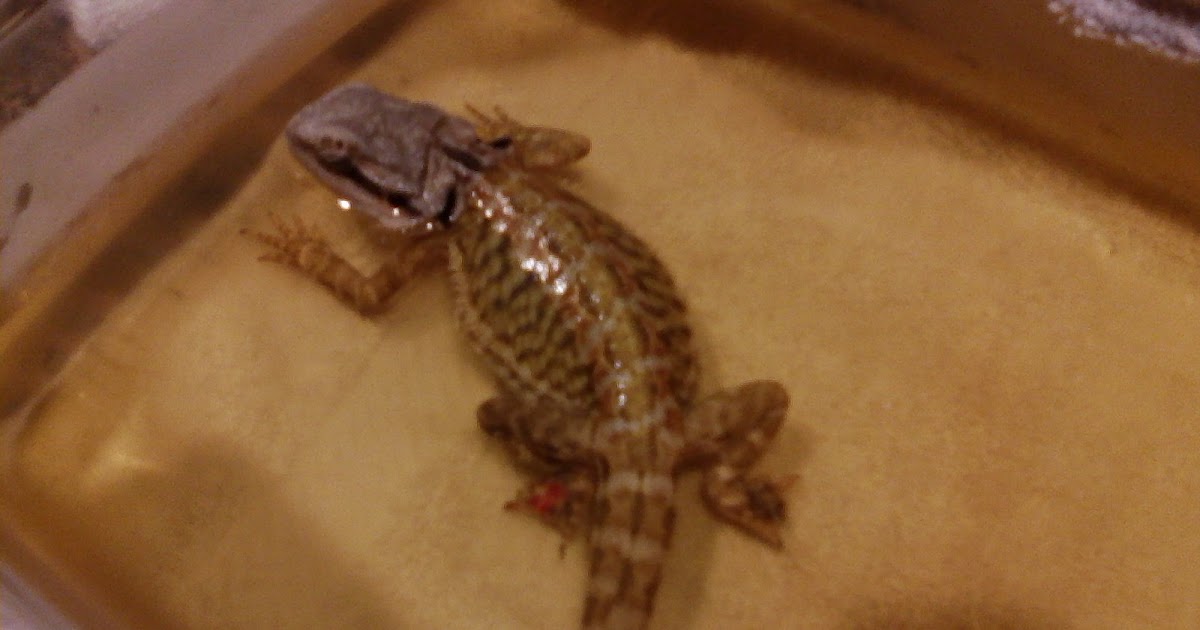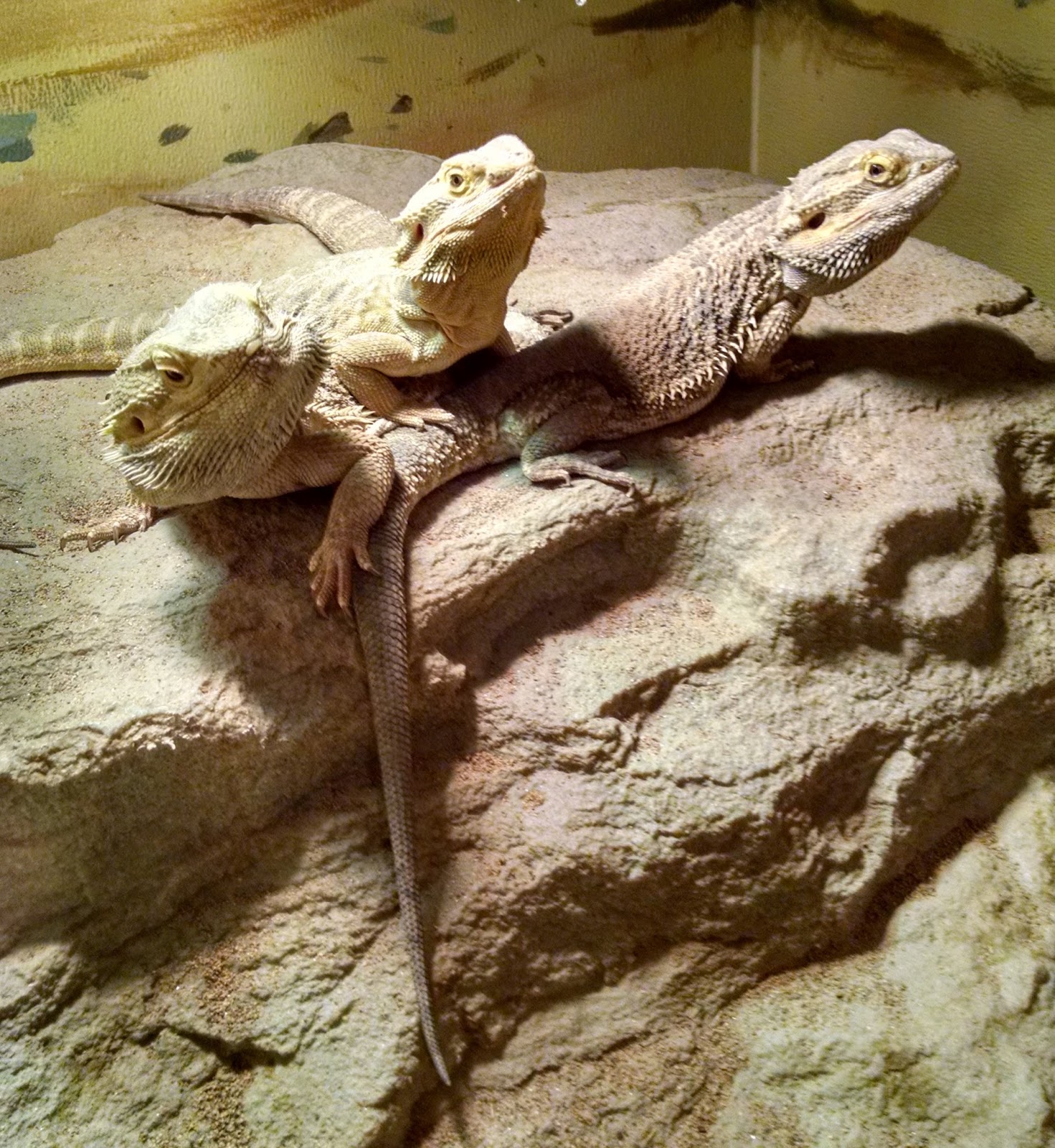Bearded Dragon Won't Move: Common Reasons and Solutions
Bearded Dragon Won’t Move: Common Reasons and Solutions
Bearded dragons are fascinating little creatures, but as an owner, it can be concerning when your beloved pet seems lethargic and won’t move. While it’s normal for them to sleep for long periods, there are other reasons why your bearded dragon may not be moving. In this post, we’ll discuss the common reasons why bearded dragons won’t move, and what you can do to help them.
1. Temperature
Bearded dragons are reptiles, and like all reptiles, they rely on heat to regulate their body temperature. If the temperature in their enclosure is too low, they may become lethargic and not move much. The optimal temperature range for a bearded dragon’s enclosure is between 95°F to 110°F. If the temperature is too low, consider getting a heat lamp or a ceramic heater to increase the temperature.

2. Lighting
Bearded dragons require UVB lighting to synthesize vitamin D3 and absorb calcium. Without proper lighting, they can easily develop metabolic bone disease, which can cause them to become lethargic and weak. Make sure to provide your pet with the right type of UVB lighting and replace the bulbs every 6-12 months (even if they still light up).

3. Illness
If you’ve ruled out temperature and lighting as potential causes, your bearded dragon may be ill. Some of the most common illnesses that can cause lethargy in bearded dragons include reptile adenovirus, parasitic infections, and digestive problems. Take your pet to a vet who specializes in reptiles for a thorough examination and diagnosis.

4. Stress
Bearded dragons can experience stress due to a number of reasons, such as overcrowding, lack of hiding spots, or loud noises. When stressed, they may become lethargic or refuse to move altogether. To help alleviate stress, provide your pet with plenty of hiding spots, a comfortable enclosure, and a quiet environment.

5. Brumation
Brumation is a natural process that bearded dragons go through in the winter. It’s similar to hibernation, but not quite the same. During brumation, bearded dragons may become inactive and sleep for longer periods. They may also eat less or go off their food altogether. As long as they are still responsive and not losing weight, this is nothing to worry about. Provide them with a cool, dark place to hibernate, and monitor them regularly.

6. Age
As bearded dragons age, they may become less active and move around less. This is normal and nothing to worry about as long as they are still eating and drinking normally, and not showing any signs of illness.

Conclusion
If your bearded dragon won’t move, there can be a number of reasons why. By checking the temperature and lighting in their enclosure, monitoring their health, and taking steps to reduce stress, you can help keep your pet healthy and happy. If you’re still concerned, don’t hesitate to seek advice from a reptile veterinarian. Remember, early diagnosis and treatment can make all the difference in your pet’s health and well-being.
